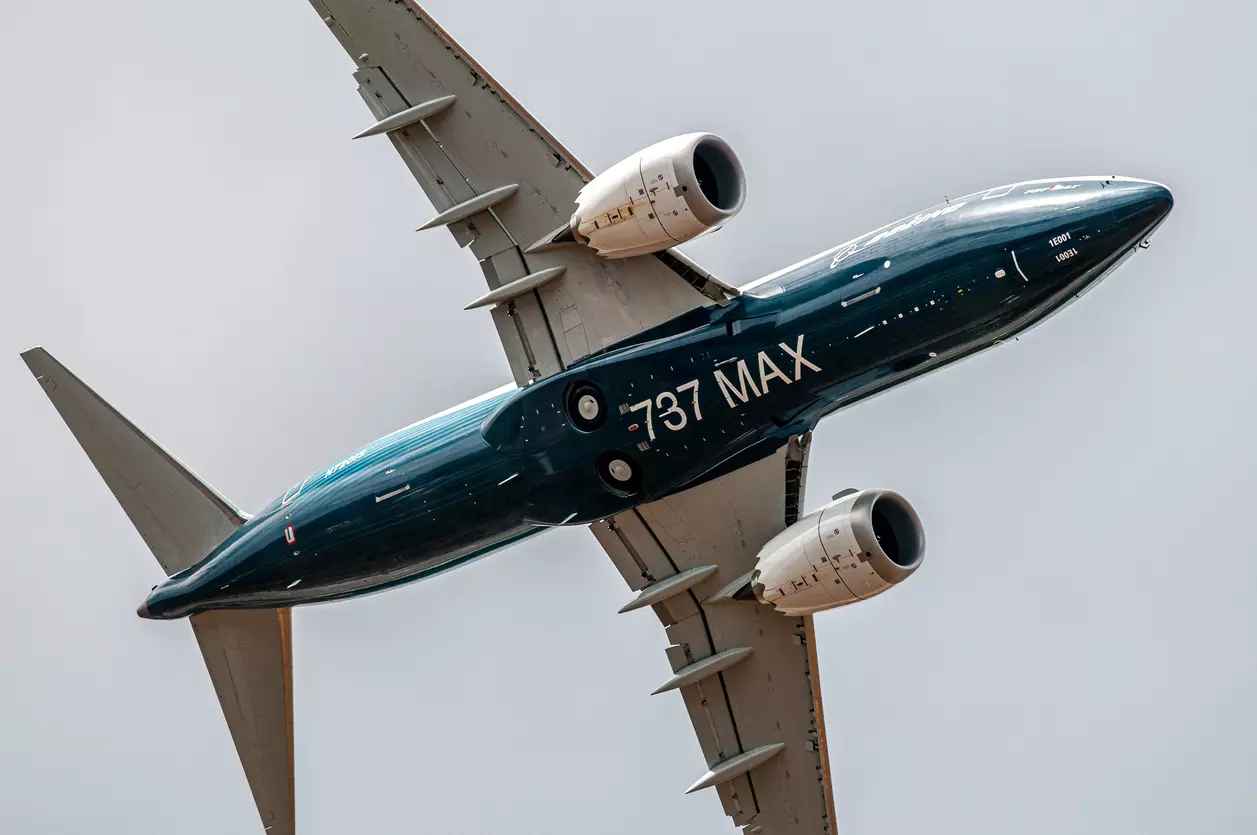
Boeing, Airbus intense rivalry is hurting airlines
Rapid expansion, paced launch of new aircraft and the pressure to innovate and deliver fast to keep up with the rival are causing considerable gaps in safety and quality standards

The recent challenges faced by aerospace giants Airbus and Boeing, marked by issues with Pratt & Whitney engines and Boeing’s design flaws, present a complex scenario for the airline industry, particularly in India.
The issue becomes pronounced as the commercial aircraft manufacturing sector is, in many ways, unique. It is wholly dominated only by two players, Airbus and Boeing. There are smaller players like Embraer, but most airlines use these aircraft for short-haul flights. Hence, commercial airlines must choose between the two and no one else for their flight operations.
Glitches cause operational uncertainties
Because of the increasing series of incidents, Indian airlines, which have heavily invested in fleets from both manufacturers, are now navigating a landscape riddled with operational uncertainties and heightened safety concerns.
Earlier this week, a report said an airline based out of the country discovered that a "washer" in the rudder control system of a 737 MAZ-8 aircraft was missing. An earlier report said that United Airlines and Alaska Airlines found loose bolts on their MAX-9 plug doors.
In the case of Airbus, the Pratt & Whitney engines, which IndiGo and GoAir opted for their A320 neo, have resulted in several aircraft fitted with these engines being grounded over safety issues. GoAir has claimed damages from the engine maker, claiming it incurred a loss of around ₹10,000 crore for the "defective" engines. The airline filed for bankruptcy later, stating that the issues with the engine were at the heart of its being grounded.
Situations like these impact the airlines’ current operations and compel future procurement strategies and fleet compositions to be re-evaluated. The repercussions extend beyond mere logistical adjustments, as airlines must also manage passenger perceptions and trust in an industry where safety is paramount.
Issues faced by Airbus, Boeing
Some issues that Airbus and Boeing face stems from rapid expansion, the pace of new aircraft introductions, and challenges in vendor management and supply chain oversight. These factors, combined with intense market competition and the complex nature of modern aircraft manufacturing, underline the importance of maintaining rigorous safety and quality standards, even under pressure to innovate and deliver quickly. It also highlights the need for robust regulatory frameworks that can adapt to the fast-evolving aviation industry.
For example, the problems with Pratt & Whitney engines suggest potential issues in Airbus’ vendor oversight. It might imply that Airbus should be far more careful, put strict norms, and monitor the quality and reliability of the engines being supplied by Pratt & Whitney. For Boeing, the design flaws in their aircraft point to internal quality control and design processes rather than vendor management issues. However, Boeing also relies on an extensive network of suppliers, and any oversight in managing these relationships can contribute to broader quality issues.
Race to launch new models: What’s at stake?
Airbus and Boeing have been in fierce competition to capture market share, leading to the rapid development and release of new aircraft models, which the airlines are lapping up in hundreds even as they roll out of the assembly line. For the record, Boeing delivered 528 aircraft in 2023, which was higher by around 70 per cent, and booked 1,314 new orders, while Airbus, according to various estimates, might end up delivering 733 aircraft.
This is a race that Boeing and Airbus play out every year, with each of their sales managers across countries doing hard sell to outpace each other. This race could compromise the thoroughness of testing and quality assurance processes. According to various reports, the failure of Boeing's 737 MAX, which resulted in two tragic crashes (Lion Air Flight 610 and Ethiopian Airlines Flight 302) and the subsequent global grounding of the fleet, was attributed to a confluence of factors, including design flaws, regulatory lapses, and corporate missteps.
The urgency to deliver new, more efficient, and cost-effective models to stay ahead in the market might have also led to accelerated timelines, possibly impacting the depth of safety reviews and pilot training programmes. According to reports, Boeing faced intense competition from Airbus, particularly with the launch of the Airbus A320neo. This competition might have pressured Boeing to deliver the 737 MAX quickly to market, which may have influenced the design and testing phases.
For most airlines worldwide and Indian airlines, too, there is no escape from these two giants, and hence, it is all the more necessary that their respective regulators place far more stringent norms before their respective aircraft are pressed into service.

